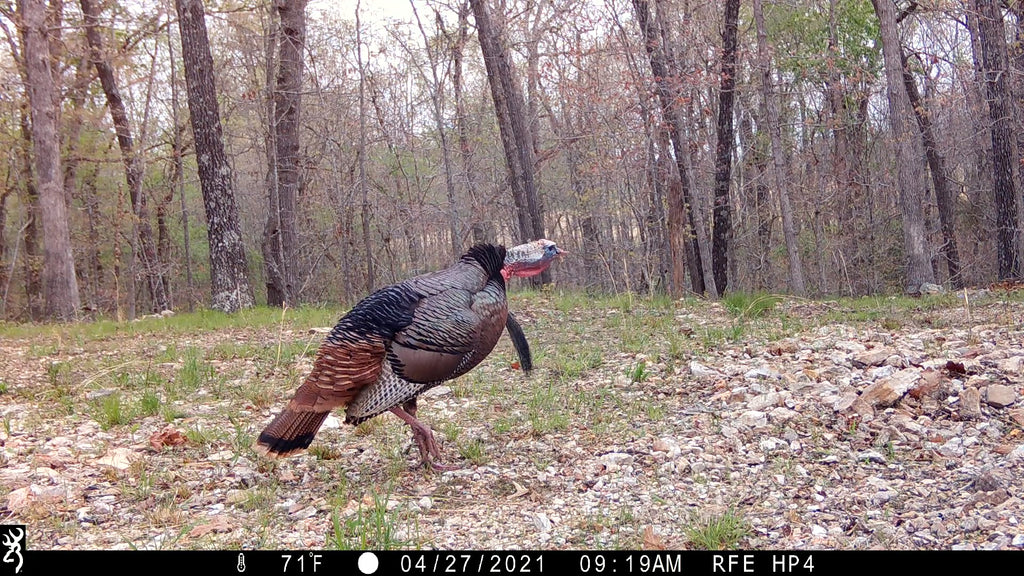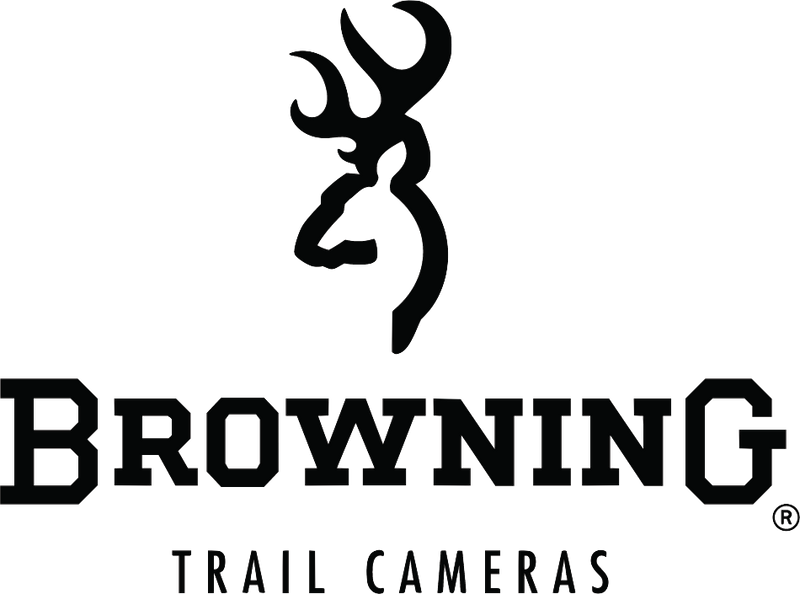Shock Therapy

By Pro-Staffer Clint McCoy, DVM
I started hunting when I was about 13 years old, and have forgotten several "firsts" in the events that have shaped me as a hunter. I can't really recall the first squirrel hunt I was successful on. I don't really remember the first time I popped a dove on the wing with a 20 gauge to my shoulder. I can't look back and reflect at the time I hung my first solo tree stand or the time I found my first shed antler. However, I can recall, with great vividness, two memories that have defined my pursuits in the woods: the first buck I ever shot, and the first time I heard the thunderous gobble of a wild turkey.
The first time I heard the thunder of a longbeard, it wasn't a warm scenic spring morning in May. It wasn't a booming gobble in the classic predawn still tranquility of early April. It was on a cold evening in late February with a few inches of crunchy old snow on the ground. It was almost pitch dark and I had just turned 20 years old about a month prior.
I'd been shed hunting most of the afternoon in some hilly terrain behind my best friend's house when I accidentally ran into the first flock of wild turkeys I'd ever seen in my home state of Illinois. I was dumbfounded and didn't really know what to do. I watched these birds pick about on an oak ridge in the fleeting edge of daylight, their black bodies contrasted heavily with the snow. I saw them fly up to their roost without much fanfare, maybe 10 or so birds in their modest winter flock. Almost dark now, I stepped out of my hiding spot to hurry home to tell everyone what I'd seen as turkey sightings were still relatively uncommon in our part of the world in 1999.
At the edge of the field, near an old abandoned cattle lot not far away, a lone coyote greeted the coming night with a raspy shrillness that only those critters can manage. It was at this moment that one of those turkeys I had been spying on sounded off with a short throaty gobble. Excited, I knew I'd heard a gobbler talking in the wild but I really had no clue about birds. I was a deer hunter. I didn't understand then, but the first gobble vocalization I heard with my own two ears was a shock gobble.
(Pro-Staffer Brandon Borst captured the video below of a turkey shock gobbling.)
There seems to be a great number of theories on why a Tom will shock gobble. One theory is that he will sound off to the vocals of a crow, barred owl, or coyote because they are natural enemies. Though true, this argument seems to hold little water considering a gobbler will sometimes shock gobble to whistling wood ducks and honking Canada geese. Or honking car horns. And why would a prey animal vocalize and give away his location to a known enemy that would potentially do him harm!?
I feel like there is a social component to the likelihood of eliciting a shock gobble from a mature Longbeard. Case in point, ever try to go out in early fall or late summer and try to shock a bird? Try the same trick in mid April during peak breeding season and it seems much easier to get a response. There is likely a social, or perhaps more specifically, a sexual component to the shock gobble response. As his testosterone begins to rise with breeding season, a Tom may "automatically" gobble loud enough as a preprogrammed sexual response displaying the dominance to breed and worthiness to his mates nearby. In the same token, have you ever seen two mature gobbles vocalize instantly and simultaneously to the same noise stimulus? How can that be??? The answer may lie in the Autonomic Nervous System of both birds. The ANS is responsible for the control of "automatic" bodily processes like heart and respiratory rates, digestion, and "fight or flight" reflexes. These are processes that simply take no conscious thought. In the Tom's world, sexual arousal is also on this list as a branch of the ANS called the parasympathetic nervous system. This may help explain the apparent "reflex" gobble when two mature gobblers vocalize at the same sound stimuli at the exact same time.
My brother Matt had and interesting take on the phenomenon that is the shock gobble when I asked his opinion. He said, "You ever been nervous or on edge and someone scares the crap out of you as a prank? Sometimes you just yell out in a frightened response. Then you cuss 'em". This is a good point and in fact may be true. Spring gobblers are on edge and are super "breedy". Ready to show their world of hens how macho they are as possible suitors and maybe a loud prevalent sound brings forth an almost automatic response gobble.
Over the last 20 years of observing turkeys, I've encountered a vast variety of sounds or noises at which a Longbeard will shock gobble to. I've used the classic calls like a barred owl, crow and coyote howler with varying levels of success. Likewise, goose flutes, wood duck whistles, peacock screamers, and woodpecker tubes all seem to work for the task. I've laughed at shock gobbles from squealing pigs in a hog lot, baying coon dogs on the trail, and one shrieking donkey looking for his breakfast. Other odd noises can create a shock response at times. I've witnessed birds sound off to rolling thunder, car horns, truck doors slamming, tornado sirens, jet plane sonic booms, chain saw motors, train whistles, and the deep thud of rail cars hooking up. I've even seen a gobbler shock gobble to both distant, and not so distant, shotgun blasts. What do all these sounds have in common? Volume? Frequency? Intensity? All of the above, perhaps??
Whatever the case, there is considerable merit to using a shock gobble in a hunting scenario. It is simply the proof of life that the Tom we are after is nearby! And my tactics on getting this shock gobble are always evolving. I love the rolling laugh of a barred owl from a walnut hoot tube in the pre-dawn hours. Crow calls seem to work fair on calm days mid-morning but don’t seem to pack the acoustic punch for cutting the wind like I can get out of a peacock or pileated woodpecker call. For late evening shock gobbles, I like to use a small, canned air horn usually intended for marine use. A plain old PE coach whistle also has a place in my vest for similar purposes. This year, I plan on trying a Rocky Mountain Elk bugle tube. Though I live in the Midwest, the elk bugle may have a potential in shocking a bird that has "heard it all". The whole point to this madness is to get a gobbler to tell you where he is, be it in the roost or strutting on the ground, without engaging the full "need to breed" response gobble. This gives ample time for setting up on the bird in question and laying out deceptive decoy spreads or sitting back in the brush for an ambush once you start using hen vocals.
Last season, I'd been working a Tom near the edge of our legal shooting time of 1 pm. I had not seen nor heard a sound from him in about an hour and figured he just had some real hens he was tending to and had left the area with them. As I was packing up my decoys, some kid on a "crotch rocket" style motorcycle came screaming down the highway about a half mile away from me. As the bike zoomed and whined to a crescendo, the Longbeard I thought was long gone began shock gobbling his head off about 80 yards from my position in the brush. I just laughed it off and realized the more I think about it, the more I'm still just like that kid I was about 20 years ago. I'm still learning things about the wild gobbler every time I go afield. And I hope it never stops.
